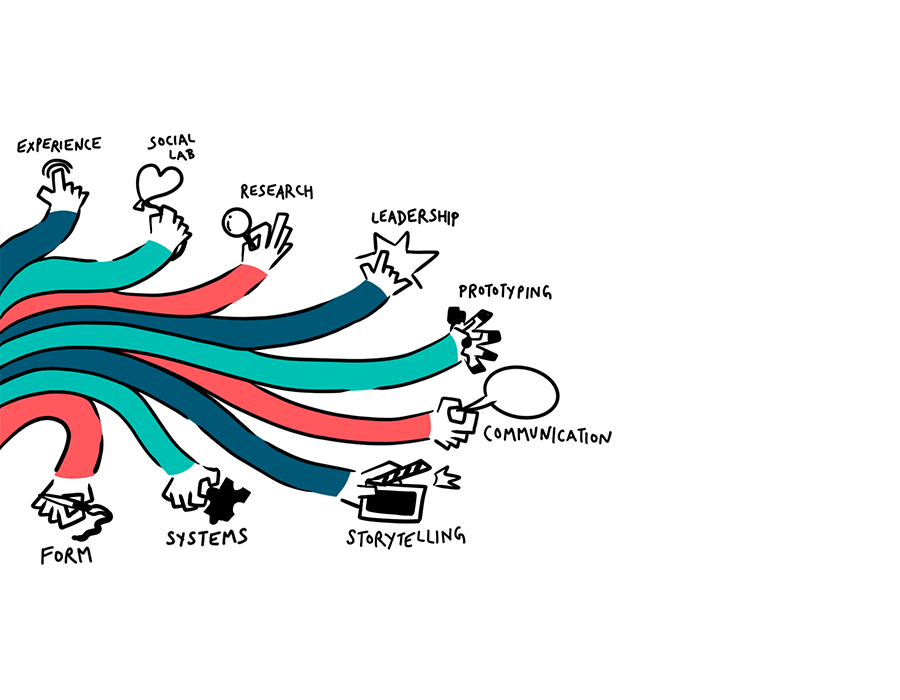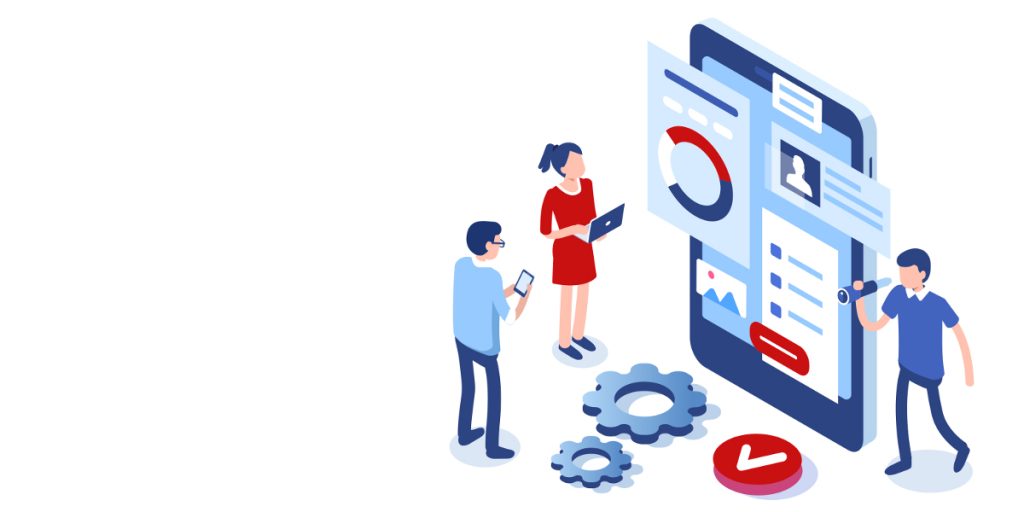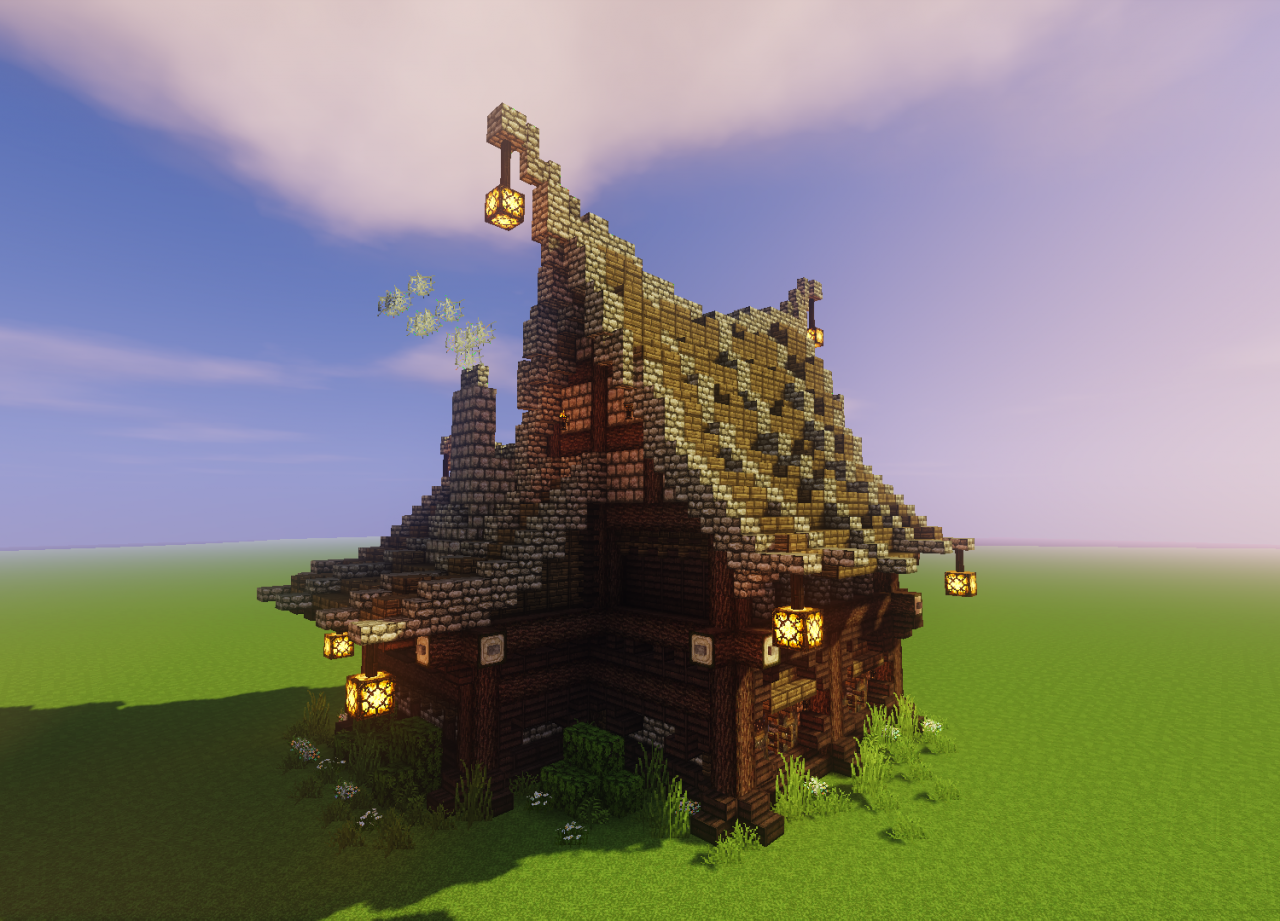Table Of Content

This is an exciting phase, but it’s essential to monitor the product’s performance and gather user feedback even after it’s live. Gestalt is important, for instance, in making separate sections of a website distinct by increasing the white space between them. “Accidentally” grouping elements which are not conceptually similar will result in confused users. Unity in design principles refers to the cohesive arrangement of elements that ensures all parts of a composition work together harmoniously. It's achieved when each element appears to be an integral part of the overall design, resulting in a complete and aesthetically pleasing piece.
Principles of interaction design
It integrates the intellectual, emotional, and practical aspects of the creative process. The team produces inexpensive, scaled-down versions of the product (or specific features found within the product) to investigate the ideas. Once the team accumulates the information, they analyze the observations and synthesize them to define the core problems. Traditionally, companies begin with feasibility or viability and then try to find a problem to fit the solution and push it to the market. Design thinking reverses this process and advocates that teams begin with desirability and bring in the other two lenses later. Visual representations are the elements of an interface that the user perceives; these may include but are not limited to "typography, diagrams, icons, and other graphics".
UX Design is a Booming Industry
Crafting Memorable VR Experiences – The Interaction Design of ‘Fujii’ - Road to VR
Crafting Memorable VR Experiences – The Interaction Design of ‘Fujii’.
Posted: Thu, 21 Sep 2023 07:00:00 GMT [source]
Quality assurance (QA) involves thorough testing of the digital product to catch and fix any bugs, issues, or inconsistencies. Interaction designers often focus on creating meaningful animations and micro-interactions. These subtle movements and responses add depth to the user experience and make the interactions more engaging. Consistency in interactions and design elements across a digital product helps users navigate and understand the system more easily. In the third lesson, you’ll learn best practices for designing with type and how to effectively use type for communication. We’ll provide you with a basic understanding of the anatomy of type, type classifications, type styles and typographic terms.
Interaction Design for Usability
Herbert Simon’s 1969 book, "The Sciences of the Artificial," has one of the earliest references to design thinking. David Kelley, founder of the design consultancy IDEO, coined the term “design thinking” and helped make it popular. Aims to deliver that solution and continuously iterate on the live product. Both methodologies rely heavily on collaboration among cross-functional teams and encourage diverse perspectives and expertise. IDEO is a leading design consultancy and has developed its own version of the design thinking framework. The Head, Heart, and Hand approach by AIGA (American Institute of Graphic Arts) is a holistic perspective on design.
The emergence of smartphones and other mobile devices in the early 2000s brought new challenges for interaction designers. While designing interfaces, they had to consider screen size, touch-based interaction, and device orientation. This led to new interaction design patterns being developed, such as pinch-to-zoom, swipe gestures, and responsive design.

What Is The Meaning Of Interaction Design?
N-aryltetrahydroisoquinoline derivatives as HA-CD44 interaction inhibitors: Design, synthesis, computational studies ... - ScienceDirect.com
N-aryltetrahydroisoquinoline derivatives as HA-CD44 interaction inhibitors: Design, synthesis, computational studies ....
Posted: Thu, 05 Oct 2023 07:00:00 GMT [source]
This beginner’s guide has introduced you to the essential concepts, processes, and principles of interaction design. The term “interaction design” is sometimes used interchangeably with “user experience design”. That’s understandable, considering interaction design is an essential part of UX design. Indeed, UX design entails shaping the experience of using a product, and a big part of that experience involves the needed interaction between the user and the product. UX designers’ working world is concerned with the entire user journey, including aspects of branding, design, usability and function. Conversely, the central role of “interaction designers” targets the moment of use and how to improve the interactive experience.
Interaction designers collaborate with UI/UX designers and developers throughout the design process to create cohesive and functional digital products. They work closely with UI/UX designers to ensure that the visual design supports the intended user interactions and enhances the overall user experience. This collaboration involves sharing insights on user behavior, preferences, and usability findings to inform design decisions and create intuitive interfaces.
Interaction design vs. UX: Here‘s the difference
Interaction design builds upon industrial design principles developed in the early 20th century for appliances and consumer products. For instance, a central tenet of the Bauhaus design philosophy was “form follows function” – that aesthetic design should serve pragmatic needs. Similarly, interaction design places priority on understanding target users and use cases. Knowledge acquired in the latter stages of the process can inform repeats of earlier stages.
Both tools facilitate communication within the design team and with stakeholders, serve as blueprints for development, and allow for early usability testing. Together, they lay the foundation for a user-centered design approach to ensure a structured and iterative development of the product's user experience. The role of IxD in human-computer interaction (HCI) is to create user-friendly and intuitive experiences for people using digital products or services. HCI is all about understanding how people interact with computers and other technology, and interaction design is a part of HCI that focuses on designing user experiences and interfaces.
Design Thinking is not exclusive to designers—all great innovators in literature, art, music, science, engineering and business have practiced it. Well, that’s because design work processes help us systematically extract, teach, learn and apply human-centered techniques to solve problems in a creative and innovative way—in our designs, businesses, countries and lives. This human-centered design process consists of five core stages Empathize, Define, Ideate, Prototype and Test. By the end of the Prototype stage, the design team will have a better idea of the product’s limitations and the problems it faces. They’ll also have a clearer view of how real users would behave, think and feel when they interact with the end product.
Interaction designers are responsible for ensuring that users can easily understand and use the system, all while creating a positive and engaging user experience. In this sense, the future presents exciting prospects for interaction design. The key will be to balance technological innovation and human-centered design principles. The challenge – and opportunity – is to use technology not just to mechanize interactions, but to humanize them, making them more intuitive, engaging, and rewarding for the user. They have dramatically transformed their respective industries, not just through their innovative business models, but also through their cognizant adaptation of interaction design. Their digital platforms cater intuitively to their users' objectives, presenting a user-friendly interface that integrates seamlessly into their overall user journey.
In many ways, sufficient feedback acts as conversational turn-taking in human interactions. Lack of evident system feedback often creates uncertainty around if/how interfaces are responding. Immediate, obvious feedback loops improve perceived stability and control.
Interaction Design (IxD) is the design of interactive products and services in which a designer’s focus goes beyond the item in development to include the way users will interact with it. Thus, close scrutiny of users’ needs, limitations and contexts, etc. empowers designers to customize output to suit precise demands. As we advance into the digital era, there will be more possibilities and ways for digital interaction. Interaction designs will keep evolving and provide diverse input controls and feedback. The interfaces and common medium for interactions may change in the future.
After each lesson, we will introduce you to the courses you can take if a specific topic has caught your attention. As indicated by Don Norman, User Experience is an umbrella term that covers several areas. When you work with user experience, it’s crucial to understand what those areas are so that you know how best to apply the tools available to you. These techniques, often used in combination, enable designers to visualize and test user flows, ensuring that the product architecture supports a smooth, logical, and enjoyable user experience. UX designers are responsible for the end-to-end experience a user has with a product. They conduct user research to understand the target audience, define the problem the product should solve, map out the product’s information architecture, and create product wireframes and prototypes.
Beyond the different stages, it is also worth acknowledging the methods employed in interaction design. This includes essential practices such as user personas, task flow diagrams, wireframing, and prototyping, among others. Several tools are readily available for interaction designers like Sketch, Adobe XD, Figma which help create and test responsive designs efficiently. As the digital landscape continues to refine and redefine itself, the critical role of interaction design in today's modern websites and applications grows increasingly apparent. This intangible but pivotal facet of user experience design provides the critical link between the user and the digital system - be it a website, a mobile application, or virtual reality. To enhance the user experience (UX), understanding interaction design is a must.


No comments:
Post a Comment